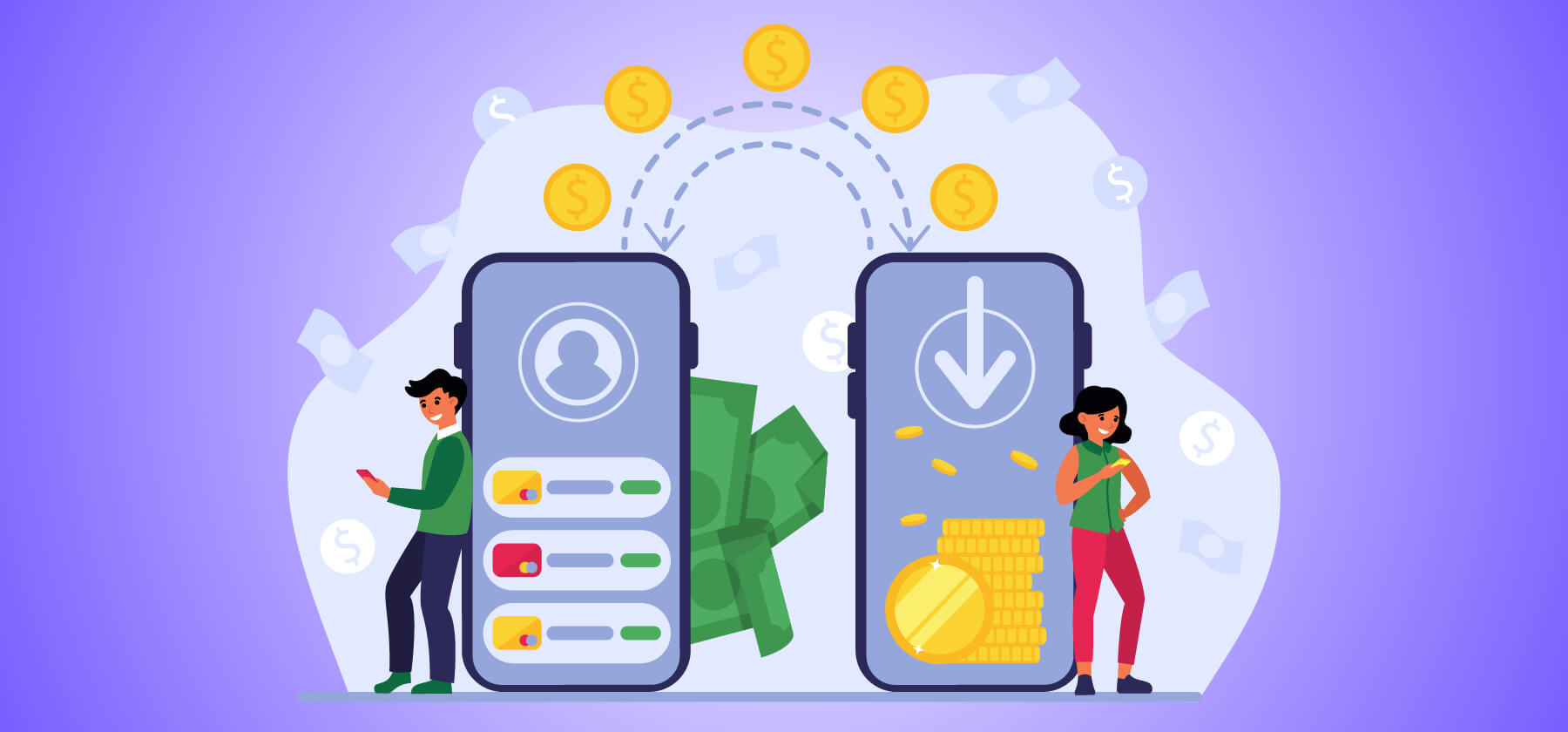In the rapidly evolving world of mobile app marketing, finding the right strategy to promote your app and acquire users is crucial. Among the various models available, Pay Per Install (PPI) has emerged as a powerful tool for app marketers. This article delves into the intricacies of PPI, its benefits, and how to effectively implement it in your marketing strategy.
What is Pay Per Install (PPI)?
Pay Per Install (PPI) is an advertising model where app developers and marketers pay a fee each time their app is installed as a result of their marketing efforts. Unlike other models such as Cost Per Click (CPC) or Cost Per Impression (CPI), PPI focuses directly on user acquisition, making it a highly targeted and performance-based strategy.
How Does PPI Work?
In a PPI campaign, marketers collaborate with advertising networks or platforms to promote their app. These networks display ads across various channels, including social media, in-app advertisements, and search engines. When users click on these ads and install the app, the marketer pays a predetermined fee for each installation.
PPI vs. Other Advertising Models
Cost Per Click (CPC)
CPC: Advertisers pay for each click on their ad, regardless of whether it leads to an installation.
PPI: Payment is made only when an installation occurs, making it a more outcome-focused approach.
Cost Per Impression (CPI)
CPI: Advertisers pay for the number of times their ad is displayed, irrespective of user interaction.
PPI: Emphasizes actual installations, ensuring that the marketing budget is spent on acquiring users rather than just impressions.
Benefits of Using PPI
Cost-Effectiveness
PPI ensures that your marketing budget is spent directly on acquiring users, making it a cost-effective strategy. You pay only when a user installs your app, which can lead to a higher return on investment (ROI).
Targeted User Acquisition
With PPI, you can target specific user demographics, behaviors, and preferences, ensuring that your app reaches the right audience. This targeted approach can significantly enhance user engagement and retention rates.
Performance-Based Marketing
PPI is inherently performance-based, meaning you pay for actual results. This model allows for better tracking and analysis of your marketing efforts, enabling you to optimize campaigns for improved performance.
Setting Up a PPI Campaign
Step 1: Choose the Right PPI Network
Select a reputable PPI network that aligns with your app’s goals and target audience. Research and compare different networks to find the best fit.
Step 2: Define Your Target Audience
Identify the demographics, interests, and behaviors of your ideal users. This will help you create targeted ad campaigns that resonate with potential users.
Step 3: Create Compelling Ad Creatives
Develop engaging and visually appealing ad creatives that highlight the unique features and benefits of your app. A compelling ad can significantly increase the likelihood of users installing your app.
Step 4: Launch and Monitor Your Campaign
Once your campaign is live, continuously monitor its performance. Track key metrics such as installation rates, user engagement, and cost per install to gauge the effectiveness of your campaign.
Step 5: Optimize for Better Results
Analyze the data from your campaign to identify areas for improvement. Adjust your targeting, ad creatives, and budget allocation to optimize the campaign for better results.
Best Practices for PPI Campaigns
Leverage Analytics: Use advanced analytics tools to track user behavior and campaign performance. This data will help you make informed decisions and refine your strategy.
A/B Testing: Continuously test different ad creatives, targeting options, and strategies to identify the most effective approach.
Focus on User Experience: Ensure that your app provides a seamless and engaging user experience. Positive user experiences can lead to higher retention rates and positive reviews.
Maintain Transparency: Work with PPI networks that offer transparent reporting and clear communication. This will help you build trust and ensure that your campaigns are running effectively.
Conclusion
Pay Per Install (PPI) is a powerful model for app marketers looking to acquire users efficiently and cost-effectively. By understanding how PPI works and implementing best practices, you can enhance your app’s visibility, drive installations, and ultimately achieve your marketing goals. Embrace the PPI model, and unlock the potential for your app to reach new heights in the competitive mobile market. To get in touch with INDIDIGITAL TEAM, contact at +91-9971778006, email us- contact@indidigital.com. Visit our website Indidigital or app store optimization cost you can also contact us on our Facebook handles. We will help you to get more followers on Instagram for growth.



